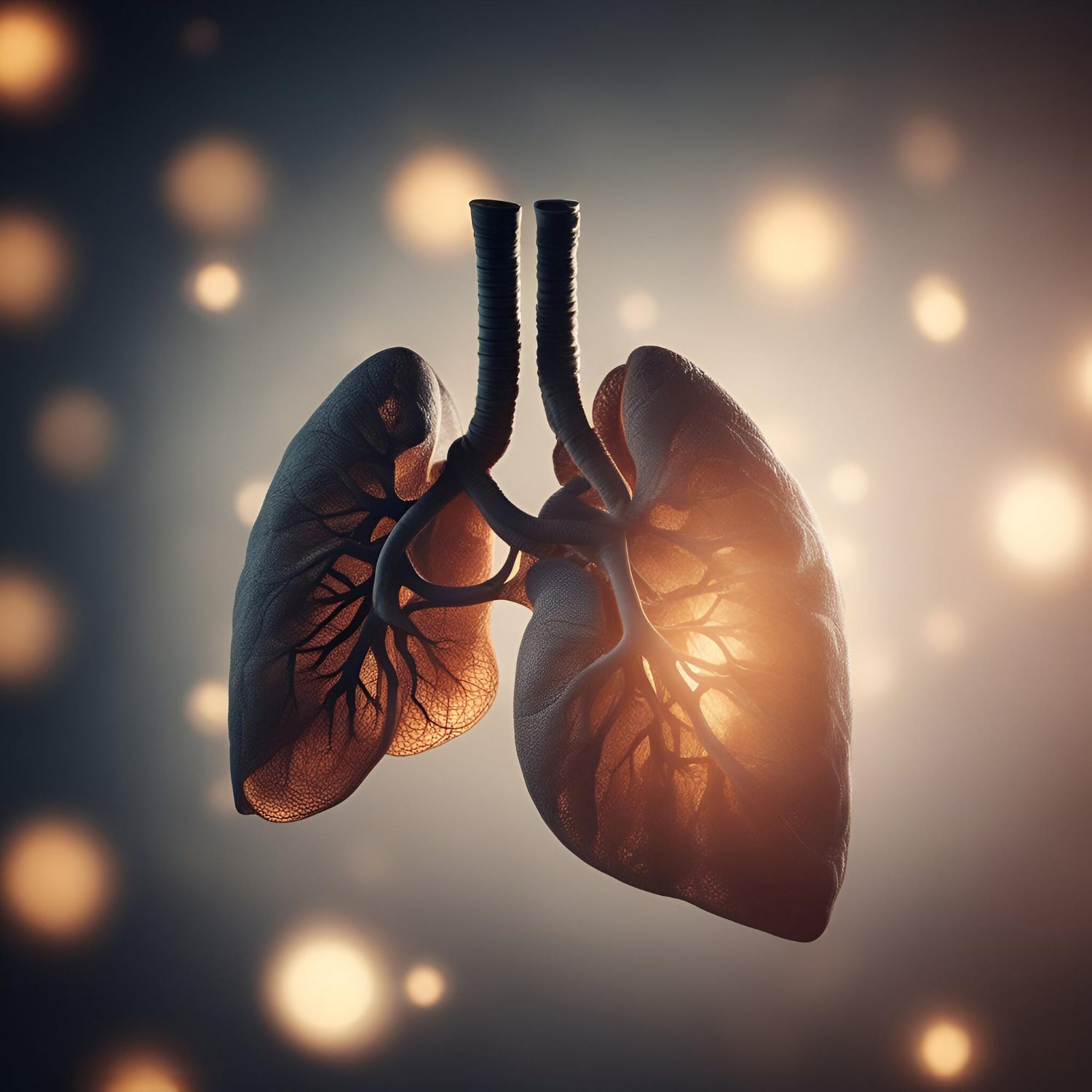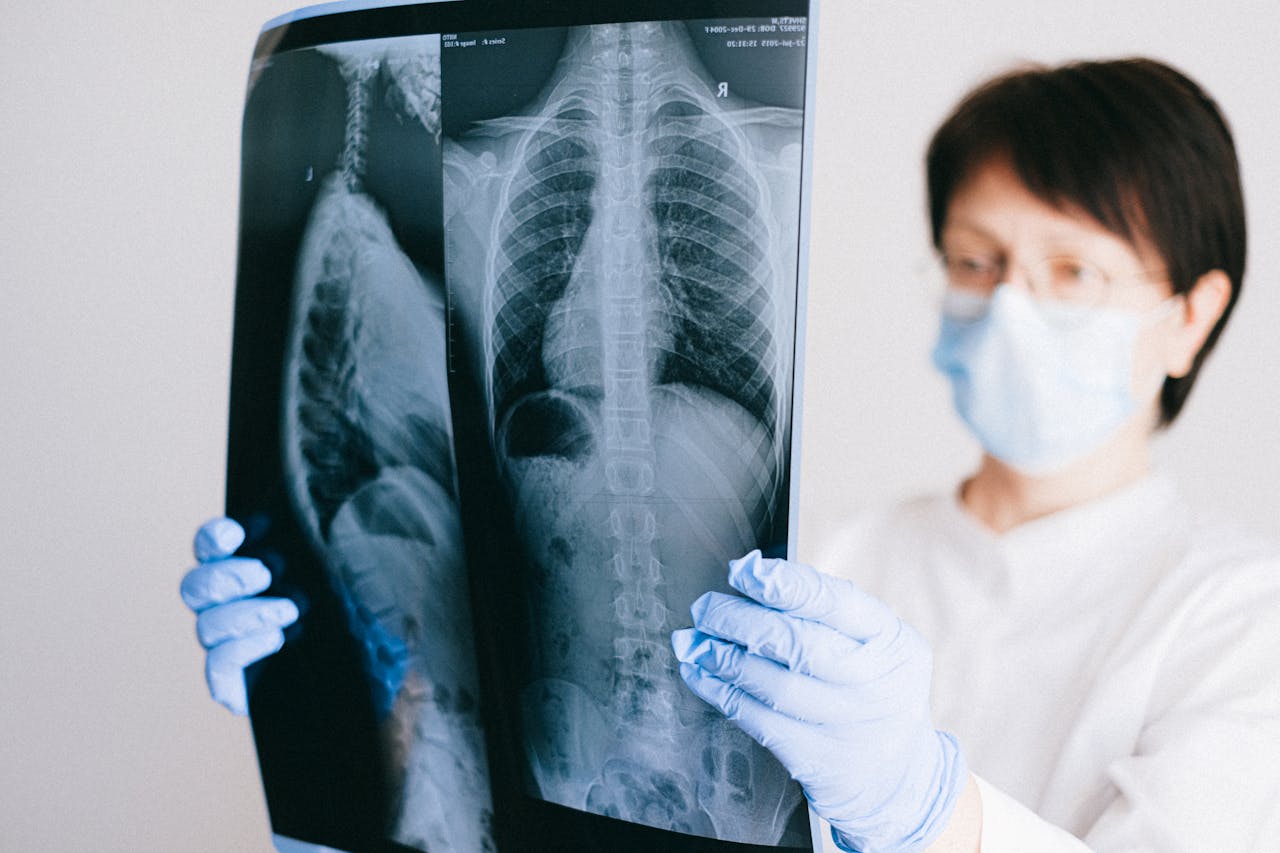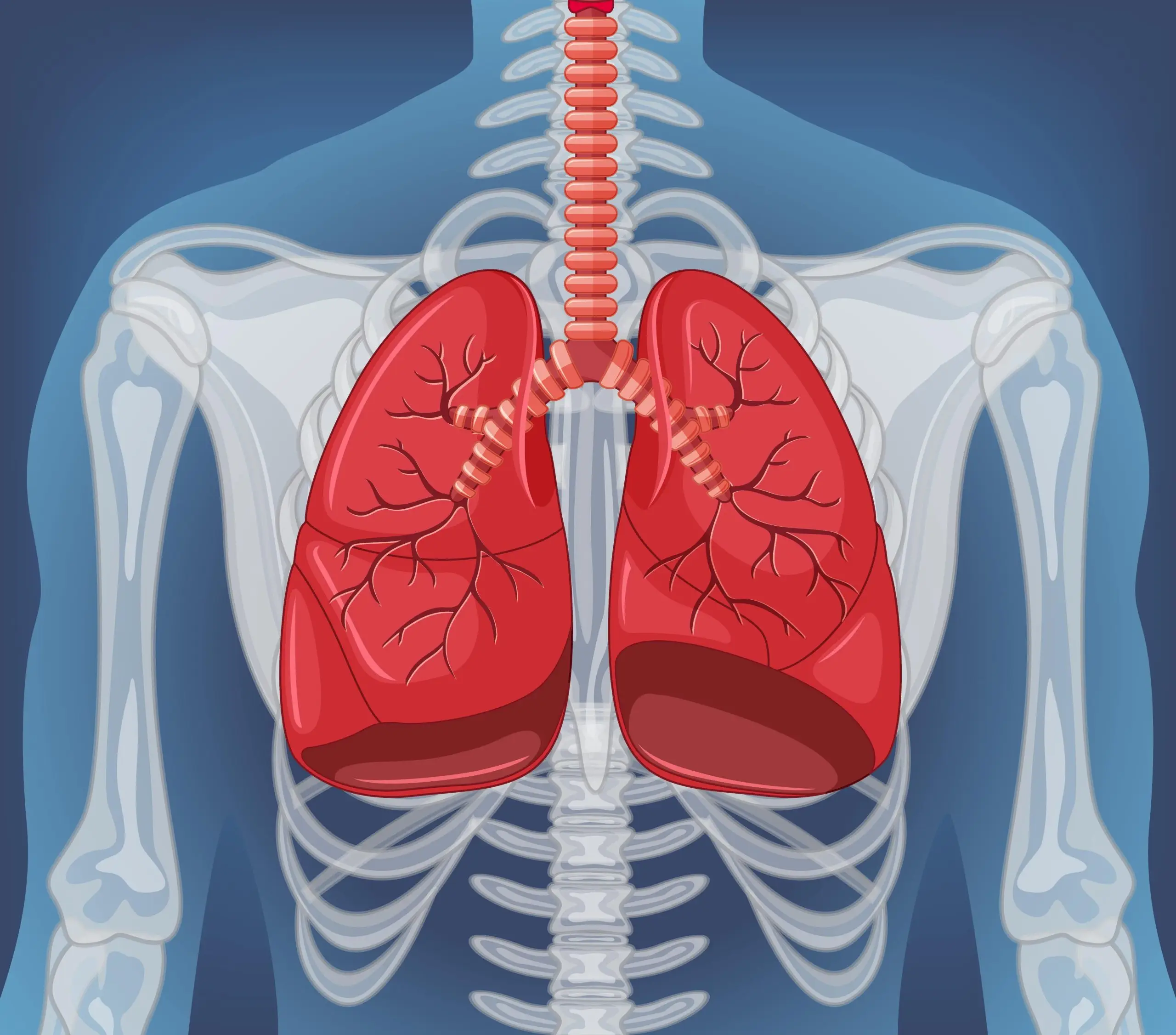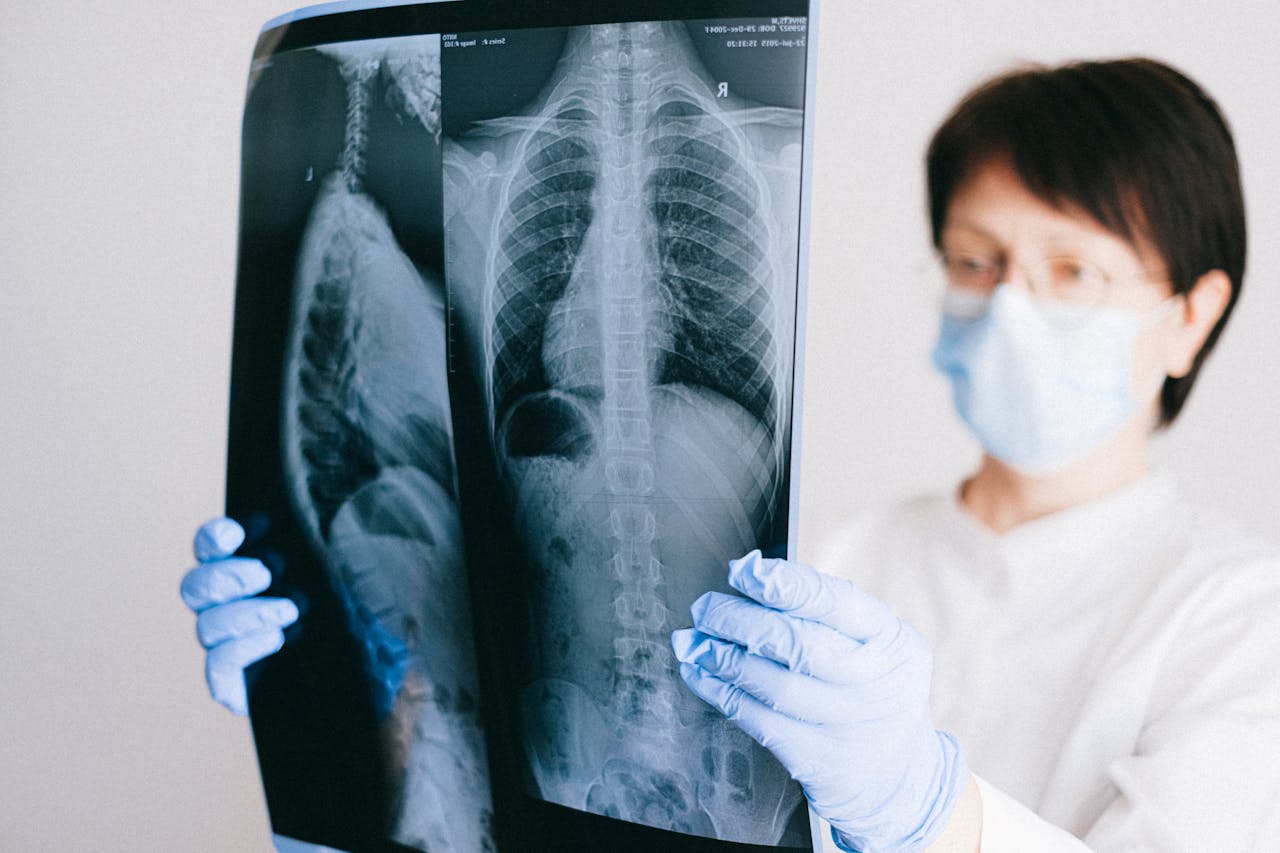What causes lung collapse? Lung collapse, a condition encountered in medical practice, can have various causes. Known in medicine as “Pneumothorax” or “Atelectasis“, this issue affects one of the body’s most vital organs – the lungs. So, what causes lung collapse, and how is it treated? Here are all the details.
What Causes Lung Collapse? What Are Its Types?

The condition of lung collapse occurs in two main forms, which are described as follows:
- Atelectasis
- Pneumothorax
If an individual experiences Atelectasis-type lung collapse, it occurs due to obstructions like mucus or tumors making breathing difficult. Pneumothorax-type lung collapse, on the other hand, results from the rupture of air-filled sacs around the lungs. Regardless of its type, this condition, which may become life-threatening, must be treated.
Let’s explore the causes, symptoms, and treatments for these two types of lung collapse in detail.
1 – What Causes Lung Collapse? What Are the Causes?
The causes of lung collapse vary depending on its type:
Pneumothorax
- The rupture of air sacs around the lungs is a leading cause. When these sacs burst, the air pressure in the chest cavity causes part or all of the lung to collapse. This is more common in young, tall, and thin males.
- Sudden pressure changes, such as during air travel or diving, can also cause air sacs to rupture.
- Traumatic injuries to the chest, such as blunt force or penetrating injuries, can lead to this type of lung collapse.
- Underlying lung conditions like COPD, cystic fibrosis, lung cancer, or pneumonia can damage lung tissue, making it prone to collapse.
- Smoking is a significant risk factor for pneumothorax.
Atelectasis
The causes of Atelectasis include:
- Inability of elderly individuals to clear mucus from their lungs
- Shallow breathing
- Post-surgical complications that prevent effective coughing
- Obstruction of the airway by foreign objects
- Narrowing of the airway due to tumors
2 – What Are the Symptoms of Lung Collapse?
Both types of lung collapse share some common symptoms, as shown below:
| Symptoms of Lung Collapse |
|---|
| Shortness of breath |
| Cough |
| Increased heart rate |
| Decreased oxygen levels |
Recognizing these symptoms and conveying them accurately to healthcare providers is crucial for diagnosis and treatment.
3 – How Is Lung Collapse Diagnosed?
 Diagnosing lung collapse starts with evaluating the patient’s symptoms. Physical examination and imaging techniques like chest X-rays are used for confirmation:
Diagnosing lung collapse starts with evaluating the patient’s symptoms. Physical examination and imaging techniques like chest X-rays are used for confirmation:
- Pneumothorax: Chest X-rays clearly show the collapsed lung area, appearing smaller and darker.
- Atelectasis: Chest X-rays may show less clear images or appear as a line. In such cases, clinical findings must be correlated with imaging results.
In some cases, the unaffected lung may expand toward the collapsed side. Advanced imaging, such as CT scans, may be required for a definitive diagnosis.
4 – How Is Lung Collapse Treated?
Treatment methods depend on the type of lung collapse:
Pneumothorax:
- A chest tube is often inserted to remove trapped air. However, since pneumothorax can recur, surgical options may be considered for patients with high-risk professions like pilots or divers.
Atelectasis:
- The underlying cause, such as mucus or a tumor, must be addressed. Mucus may be removed via bronchoscopy, and tumors can be surgically removed.
5 – What Is the Chest Tube Procedure?
The chest tube procedure can be performed at the bedside or in an operating room. A small tube is inserted through a tiny incision between the ribs to evacuate the trapped air around the lungs. This procedure is done under local anesthesia.
Post-procedure, pain management is essential as the chest wall can be sensitive. The tube is generally removed within a week, allowing patients to return to normal life with improved breathing.
6 – Can a Collapsed Lung Recover?
 If initial treatments are unsuccessful, advanced interventions may be necessary. In severe cases, a chest tube is inserted to release trapped air. Smoking increases the likelihood of recurrence, making cessation crucial for long-term recovery.
If initial treatments are unsuccessful, advanced interventions may be necessary. In severe cases, a chest tube is inserted to release trapped air. Smoking increases the likelihood of recurrence, making cessation crucial for long-term recovery.
FAQs
You can find the questions asked about the subject of what causes lung collapse below.
1 – How Long Does It Take to Recover from Lung Collapse?
Recovery time varies but typically:
- Atelectasis: Improves quickly after bronchoscopy.
- Pneumothorax: Full recovery occurs within 2–3 days for most cases.
2 – Is Lung Collapse Fatal?
While rare, severe cases can lead to fatal complications, such as pressure on the heart and lungs causing a drop in blood pressure.
3 – Is Surgery Required for Lung Collapse?
In Pneumothorax cases, surgery may involve removing air sacs or part of the pleura. Atelectasis is typically treated with bronchoscopy.
4 – Which Doctor Should I See for Lung Collapse?
Consult a thoracic surgeon or pulmonologist for diagnosis and treatment of lung and respiratory conditions.



